During a time of increasing diversity, media depiction plays a significant role in social perception; so, it becomes crucial to address the misrepresentation of gay men. Mainstream entertainment such as “Heartstopper,” “Red, White & Royal Blue” and “Glamorous” are notorious examples of media that have failed to accurately depict gay relationships and experiences. These damaging portrayals, written primarily by straight women, are usually hurtful stereotypes or sexualized versions of straight relationships. By highlighting these distortions, we can address the consequences of these characterizations and advocate for more accurate entertainment.
Ever since I developed a love of reading and the many stories at my fingertips, gay romances were among many in my book queue. As a gay male, I anticipated finding representation of myself in their narratives. To my disappointment, many of the mainstream gay romances didn’t reflect me or the typical experiences of gay people at all, but rather a straight person’s imagination of it.
The most common queer book suggestions I see from book creators or bookstores are “Heartstopper” and “Red, White & Royal Blue.” While the author of “Red, White & Royal Blue” identifies as non-binary, neither of these are written by gay men; so what qualifies them to write about gay romance? “Heartstopper” tells the story of two high school boys in the UK: one coming to terms with his sexuality and the other dealing with harassment from another boy at school. At best, this book is a fairytale. The idea that developing a friendship with the star of the rugby team, then inviting him over and gaming together will lead to him falling in love with you is simply unrealistic. I understand works of fiction aren’t rooted in complete reality, but for books with gay representation, those who are closeted may see this as the genuine openly gay experience.
As for “Red, White & Royal Blue,” this book was far too sexual to the point that it reinforces the inaccurate notion that gay people are sexual deviants. I stopped keeping track of the number of times I rolled my eyes whenever either of the two characters cracked a sexual joke. Also, especially since the author isn’t a gay man, how do they have an idea of what the gay sexual experience is like?
If you’ve tried to get any movie or TV show suggestions recently, I would bet money you have seen the recycled recommendations of “Love, Simon,” “Call Me By Your Name,” “Glamorous” and “Heartstopper.” While not all of these have been directed or written by straight females or males, a majority of them missed the mark of depicting gay men accurately. In “Glamorous,” Marco Mejia (Ben J. Pierce) is a makeup influencer who is given the once in a lifetime opportunity to work for the glamorous fashion and makeup star Madolyn Addison (Kim Cattrall). This show pushed the tired narrative of the feminine, makeup-wearing gay main character. Because of this overused generalization that all men who have feminine traits are inherently gay, it has become a common stereotype in today’s society. This not only conceptualizes gay people, making us feel as though if we aren’t feminine, we aren’t truly gay, but is also destructive to straight males; if they even act slightly “feminine” by crying, giving affection, etc, they are ridiculed and told to toughen up.
Moving on to beautiful depictions written by gay men, starting with books, “Lie with Me” by Philippe Besson and “Giovanni’s Room” by James Baldwin. “Lie with Me” is a story of love and tragedy after two boys fall in love during their time in highschool, until one of them leaves without a reason why. After many years and becoming a famous author, one of the boys sees a man who looks exactly like the boy from his youth, later figuring out that it is his long lost lover’s son. This novel was the encapsulation of the gay experience with gorgeous writing and a wonderful pacing and plot. “Giovanni’s Room” tells the story of a man grappling with desire and conventional morality, torn between his love for a woman and his desire for another man. Additionally, the “Blue Neighborhood” music video collection by Troye Sivan was a heart wrenching and beautiful story of two childhood friends, one coming from a rich family and the other dealing with the abuse and ridicule from his alcoholic father. This music video deals with the topic of accepting your sexuality and the inner turmoil that comes with that experience.
Now, let’s explore an alternative point of view. Consider the following: Is it acceptable for authors who haven’t personally experienced the events depicted in their stories to write about them? Can authors who aren’t wealthy write about the lavish millionaire lifestyle? Are authors who don’t inhabit a fantasy realm allowed to create worlds involving dragons and fairies? Is it permissible for an author who isn’t a gay male to write about gay romances? The answer to all of these questions is yes, but to what lengths must they go to be accurate in their storytelling?
I believe writers and producers should be able to write whatever interests them, but only if they do so with extensive planning and accuracy. When it comes to creating gay characters, if you’re not gay but genuinely aim for valid portrayals, it’s wise to have members of the gay community review your work. If you truly want to help the gay community, use the gay community as a resource. Additionally, recognizing when a story isn’t yours to tell is also very important. Making room for LGBTQ+ actors, writers and directors who know their community to represent themselves, is a significant way to offer support.


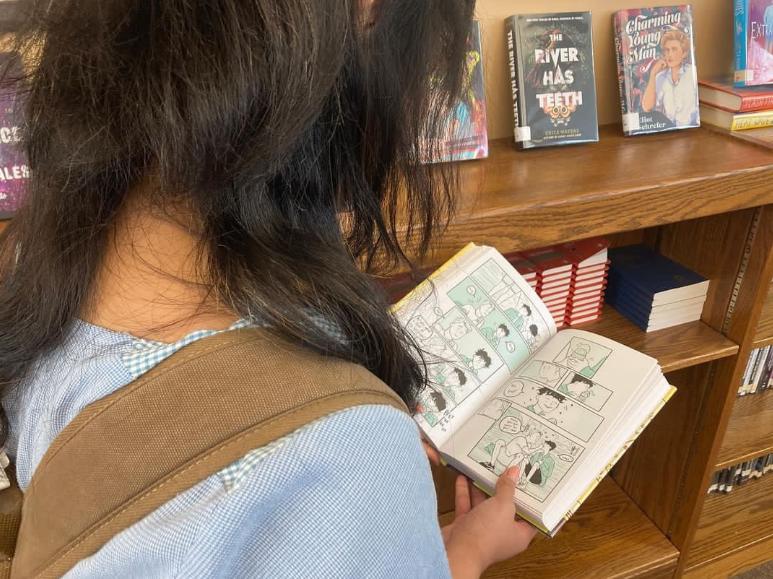
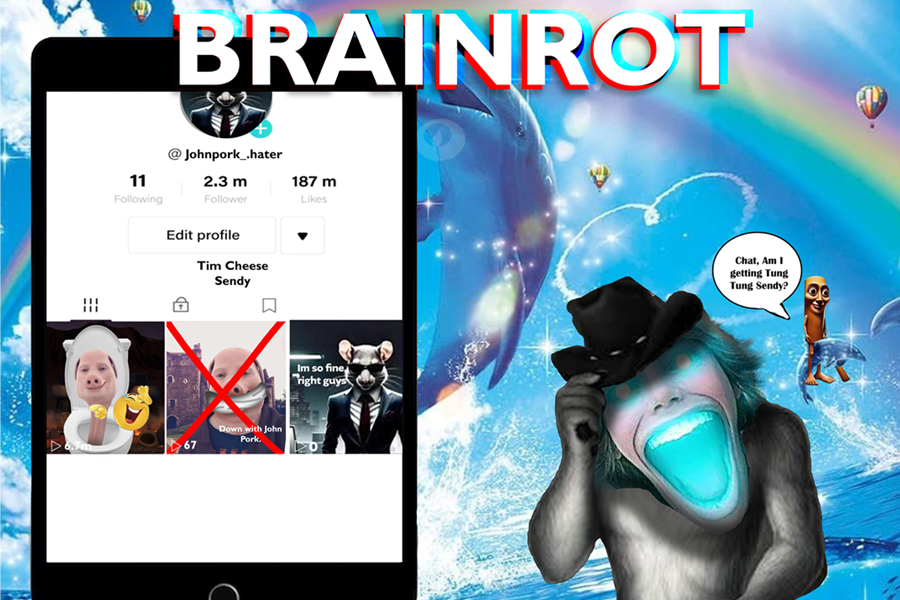
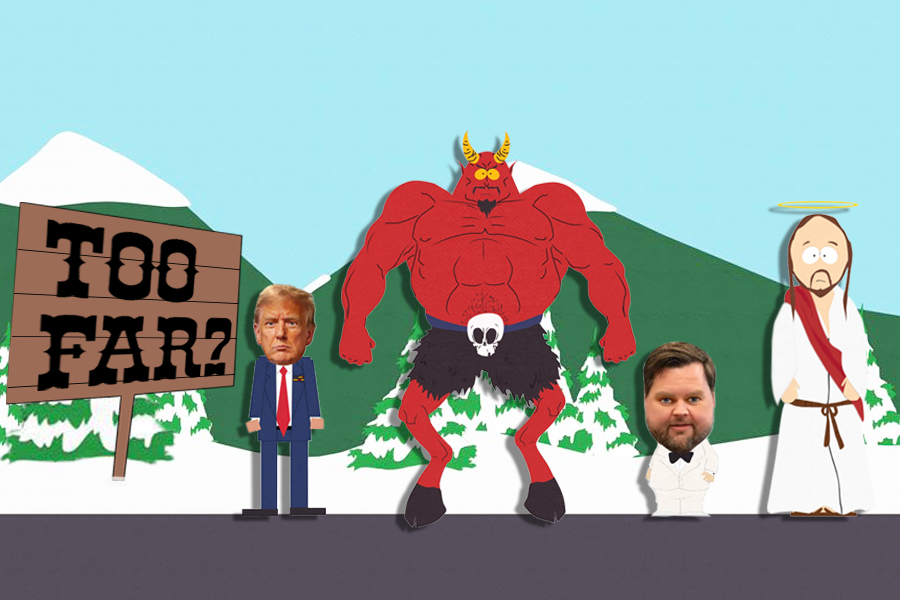
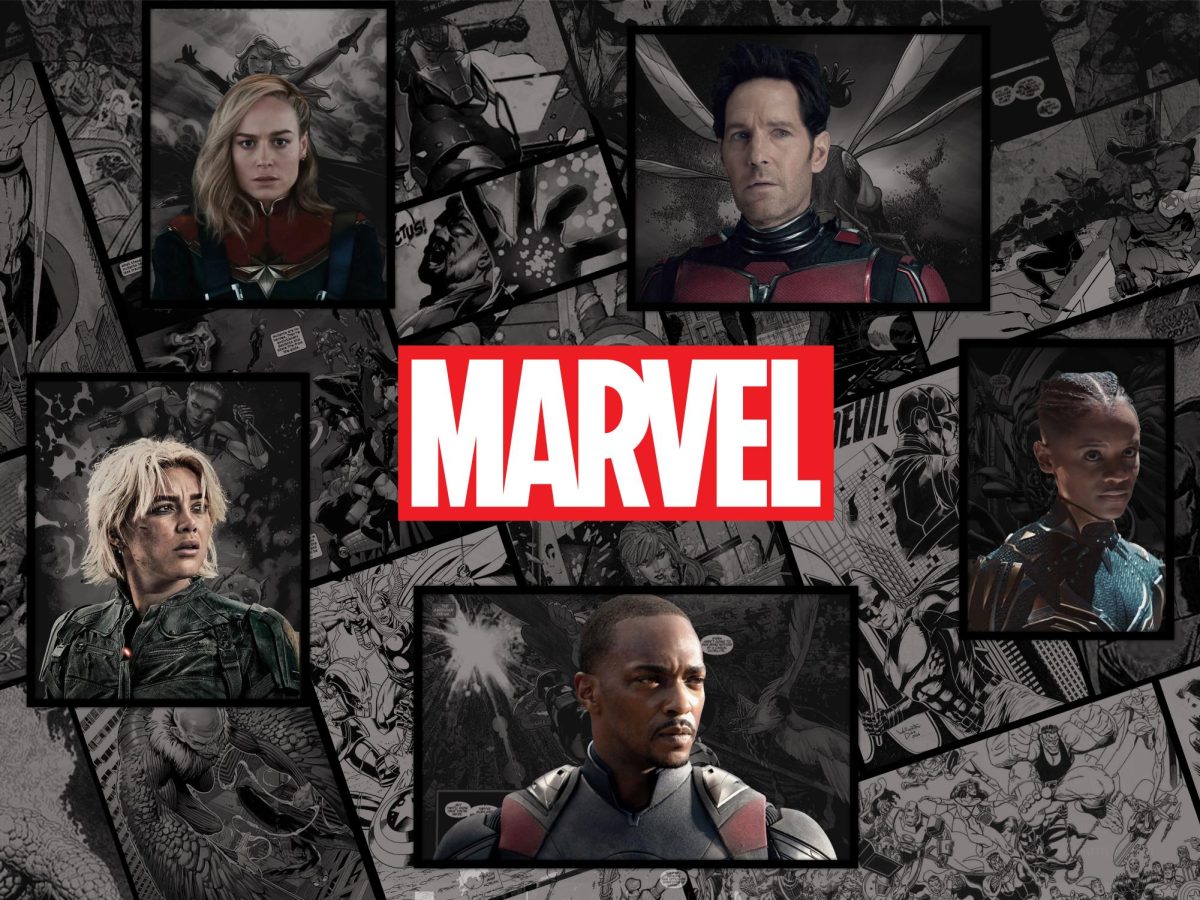
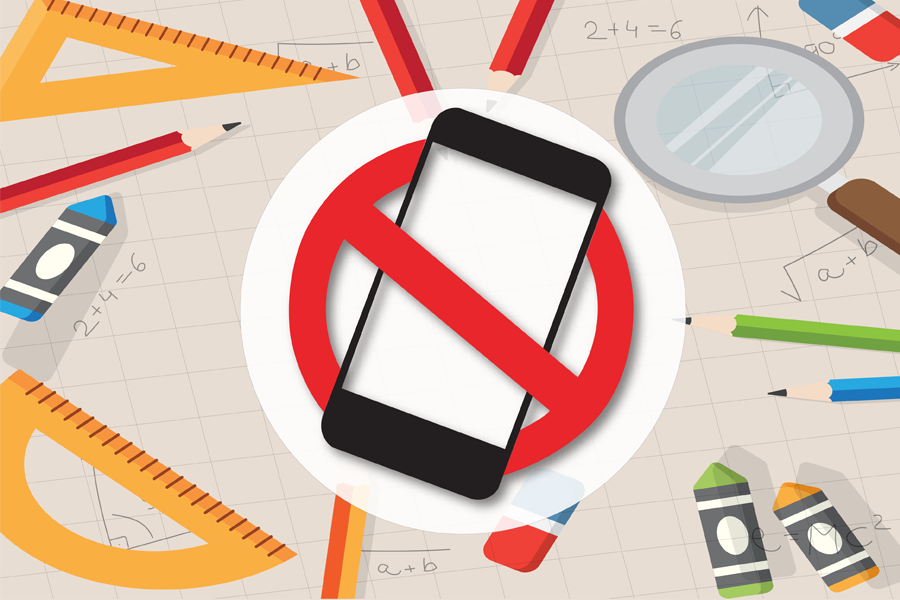
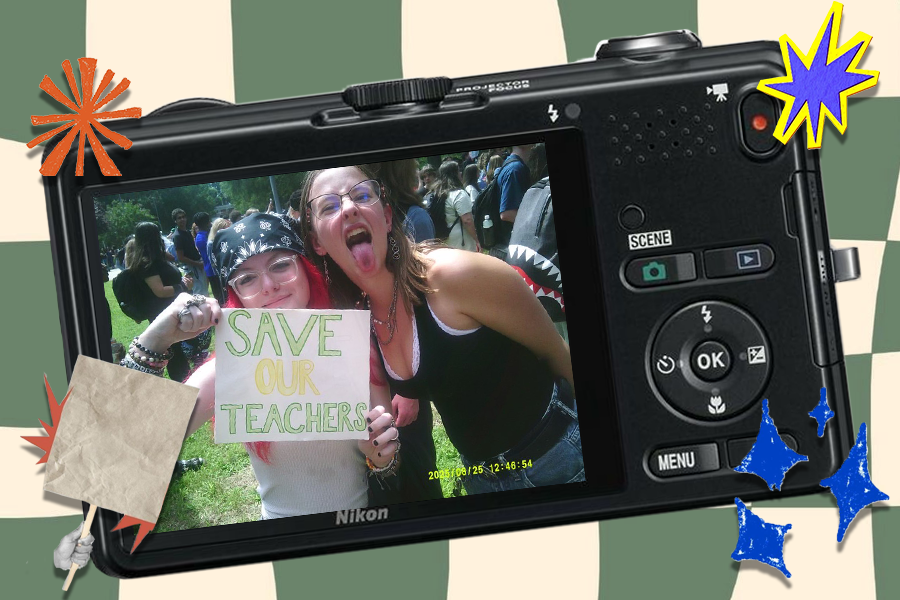
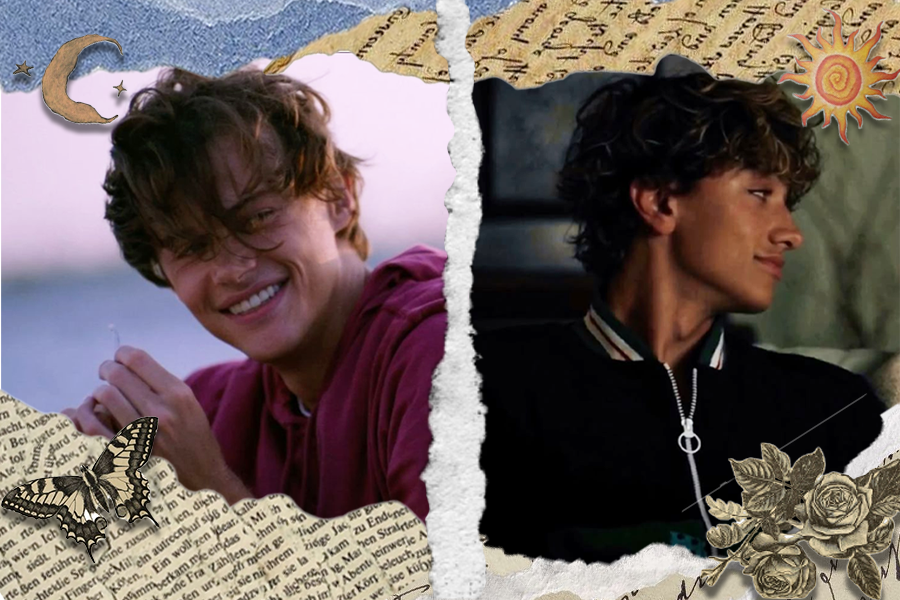
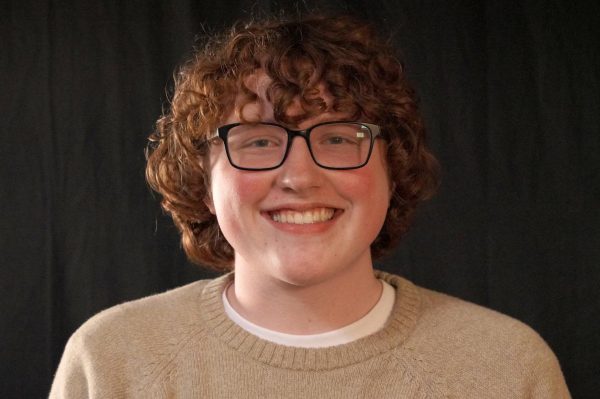
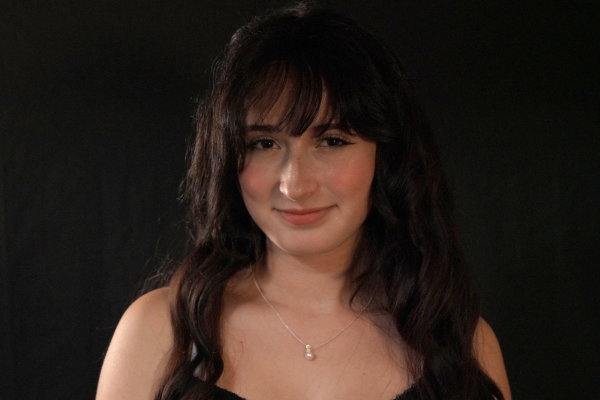
Kain • Mar 27, 2024 at 10:17 pm
Thank you I’m tired of women writing these terrible gay characters. The feel so unreal or written for the female mental gaze